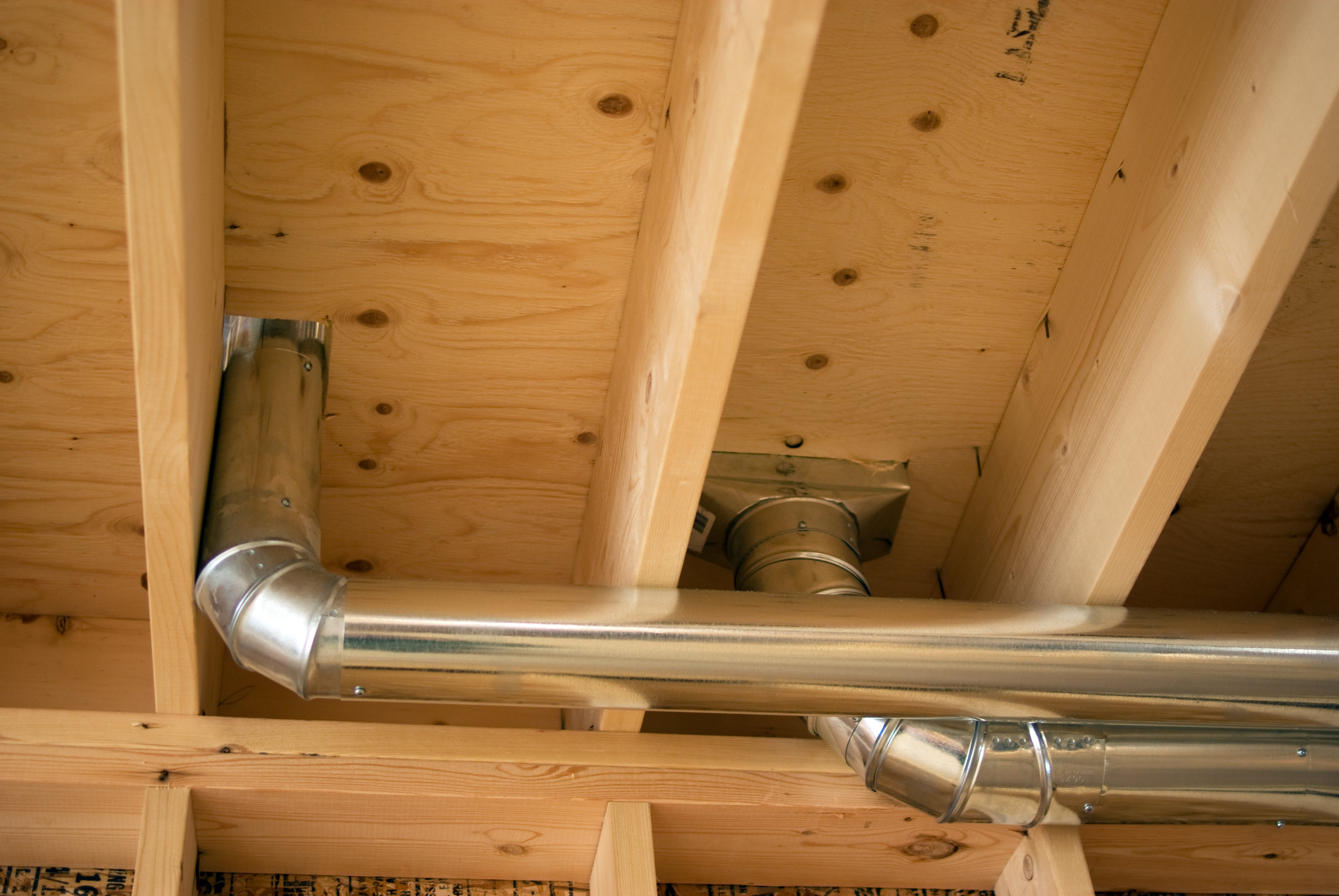AIR DUCT CLEANING - TULSA
At Air Assurance, we provide many indoor air quality solutions. Many homeowners have dealt with allergies, dust, or other problems in their home never realizing that the indoor air quality can be improved. If too little outdoor air enters a home, pollutants such as dust, mold, bacteria, fungi, and other contaminates can accumulate to levels that can pose health and comfort problems. Health concerns, such as allergies, asthma or the hazards of carbon monoxide can often be attributed to a poorly maintained, designed, or installed heating and air conditioning system.
AIR DUCT CLEANING IN TULSA REQUIRED?
Indoor Air Quality is important. Air duct cleaning helps maintain the hygiene of your household. Unclean ducts make the air unfit for breathing. Bad indoor air quality is one of the major causes of many respiratory problems like asthma and allergies. But did you know, you don't always need a duct cleaning? Often times we can help elimnate the source of the duct problem.
The system cleans your air ducts by brushing and removing debris and dirt directly out of your HVAC system and into our hepa filtration silencing box. We can then apply an anti-microbial protectant inside your duct work that kills most germs and microbes on contact for up to an entire year, greatly reducing or eliminating air-borne pathogens.
An HVAC air filter captures only about 7 percent of airborne debris in the average home. That means that roughly 93 percent of the dust in your air keeps circulating through the heat vents and HVAC system. To improve your air quality and protect your costly HVAC equipment from damage, it's wise to have the condition of your ducts checked every two years. When duct cleaning is needed, make sure you hire an experienced professional who adheres to standards established by the National Air Duct Cleaners Association (NADCA) and uses the correct cleaning procedures to safeguard your home and HVAC system.In between checkups, watch for these telltale signs that your ducts need cleaning.
Excessive Amounts of Debris and Dust
If your heating vents are covered with soot, dust or cobwebs and particles are sent floating through the air when the blower is running, there's likely a considerable buildup deep inside the duct system that should be removed. If your home is newly built or you've recently had remodeling done in your older home, you may need the ducts cleaned to clear out any leftover construction debris.
Signs of Pests
When pests invade the ductwork, contaminants like insect parts and rodent droppings can make the air circulating through your home unhealthy to breathe. If you hear to see evidence of insects or vermin in the heating vents, call in an exterminator. Once the infestation has been eradicated, have the duct system professionally sanitized.To learn whether cleaning the heat vents is necessary in your Broken Arrow home, contact us at Air Assurance.
Our goal is to help educate our customers in the Tulsa and Broken Arrow, Oklahoma area about energy and home comfort issues (specific to HVAC systems). For more information about heat vents and other HVAC topics, call us at 918-615-4677. Credit/Copyright Attribution: “matius/Shutterstock”






